Description and cultivation of peonies "Diana Parks"
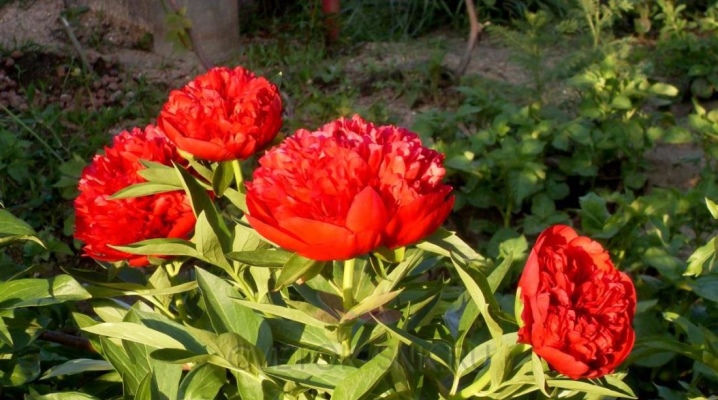
The main decoration of the garden area is ornamental shrubs with large bright flowers. Peonies are a similar plant. These are flowers with a long history and beautiful appearance. The amazing variety of peonies "Diana Parks" has a rich, bright red shade of buds and has an amazing aroma.
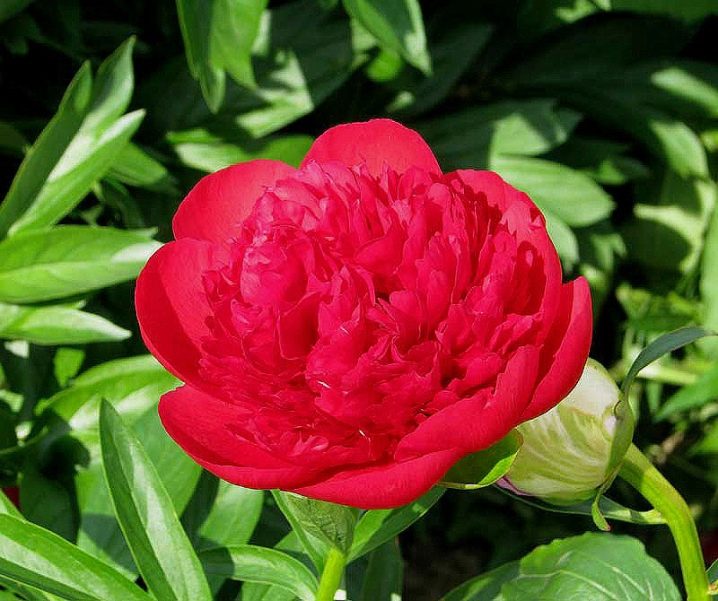
Characteristics of the variety
In ancient China, the peony was considered "divine" and was revered by high ranks. Russian gardeners love this flower for its variety of shades and unpretentiousness. It is not afraid of low temperatures and grows well in arid places. "Diana Parks" (Diana Parks) is a densely double peony with "burning" red inflorescences. The description of the variety implies highlighting the following characteristics:
- herbaceous perennial with a powerful fleshy root system;
- large globular inflorescences (up to 15 cm in diameter) of a dark scarlet color;
- light green leaves and dense stem;
- petals in flowers do not crumble and keep their "shape" for a long time;
- plant height reaches 95 cm;
- early flowering (June and July);
- rich sweetish aroma;
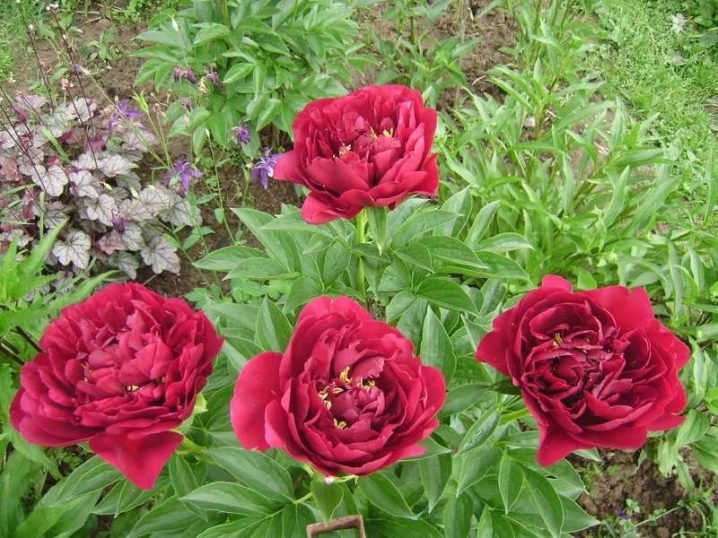
Diana Parks looks beautiful in both single and group plantings. This variety is used in the preparation of voluminous bouquet and other flower arrangements.
Landing rules
Diana Parks prefers sunny locations with nutritious soil without moisture stagnation. It goes well with bulbous crops (tulips, scilla). Without enough sunlight, Diana Parks will not bloom.
Peonies should not be planted close to the roots of massive trees or near buildings. In winter, the plant can suffer from snow debris near houses.
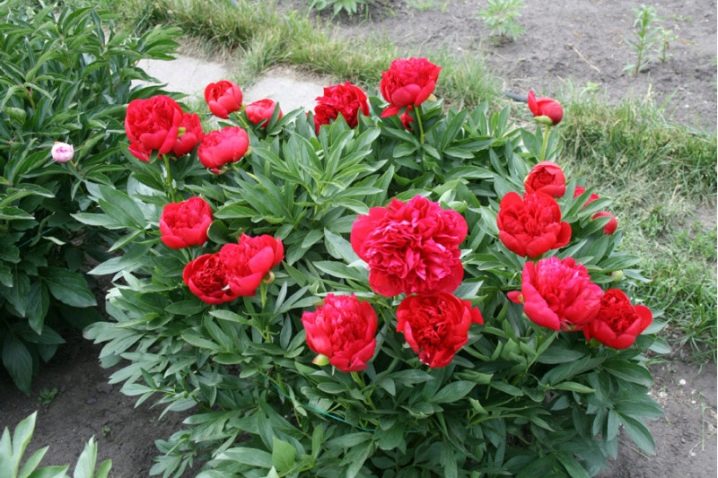
Before planting, the soil must be prepared. Pits are dug in advance (60 cm deep). If the soil is heavy, then the pit should be 20 cm deeper. Peonies are planted at a distance of 70–90 cm from each other. The depressions are filled with nutrient soil with organic fertilizer.
The bottom of the pit is covered with a mixture of broken brick and sand, and manure is laid on the sides. When planting, it is important to correctly position the root system of the peony. To do this, a small hill is made in the center of the hole and the roots of the plant are evenly "distributed". Further, they are sprinkled with soil, thus eliminating the "voids" between them. After planting, the bush is watered abundantly.
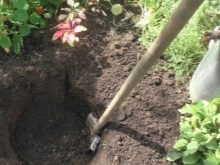


How to water and fertilize?
Caring for the "divine" flower consists in loosening and fertilizing the soil, as well as watering. It is important to remove weeds in time. In dry summers, peonies especially need moisture. Water the flower regularly, especially intensively during the flowering period. It is necessary to feed the plant from the age of three. The first stage takes place in early spring, the second feeding is done during the budding period, and the third must be done 14 days after flowering.
For this, mineral complexes are used that contain potassium and phosphorus. They have a beneficial effect on the root system of the plant.


Peonies are quite frost-resistant plants that can withstand even very low temperatures (up to 30 degrees below zero).
At the same time, experienced gardeners still recommend covering the bushes in the winter. For these purposes, spruce branches or coniferous branches are suitable.
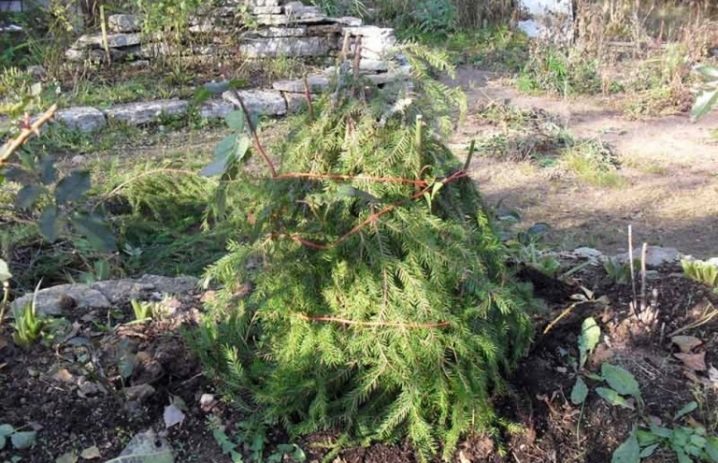
See the video below for caring for peonies.







































































































The comment was sent successfully.